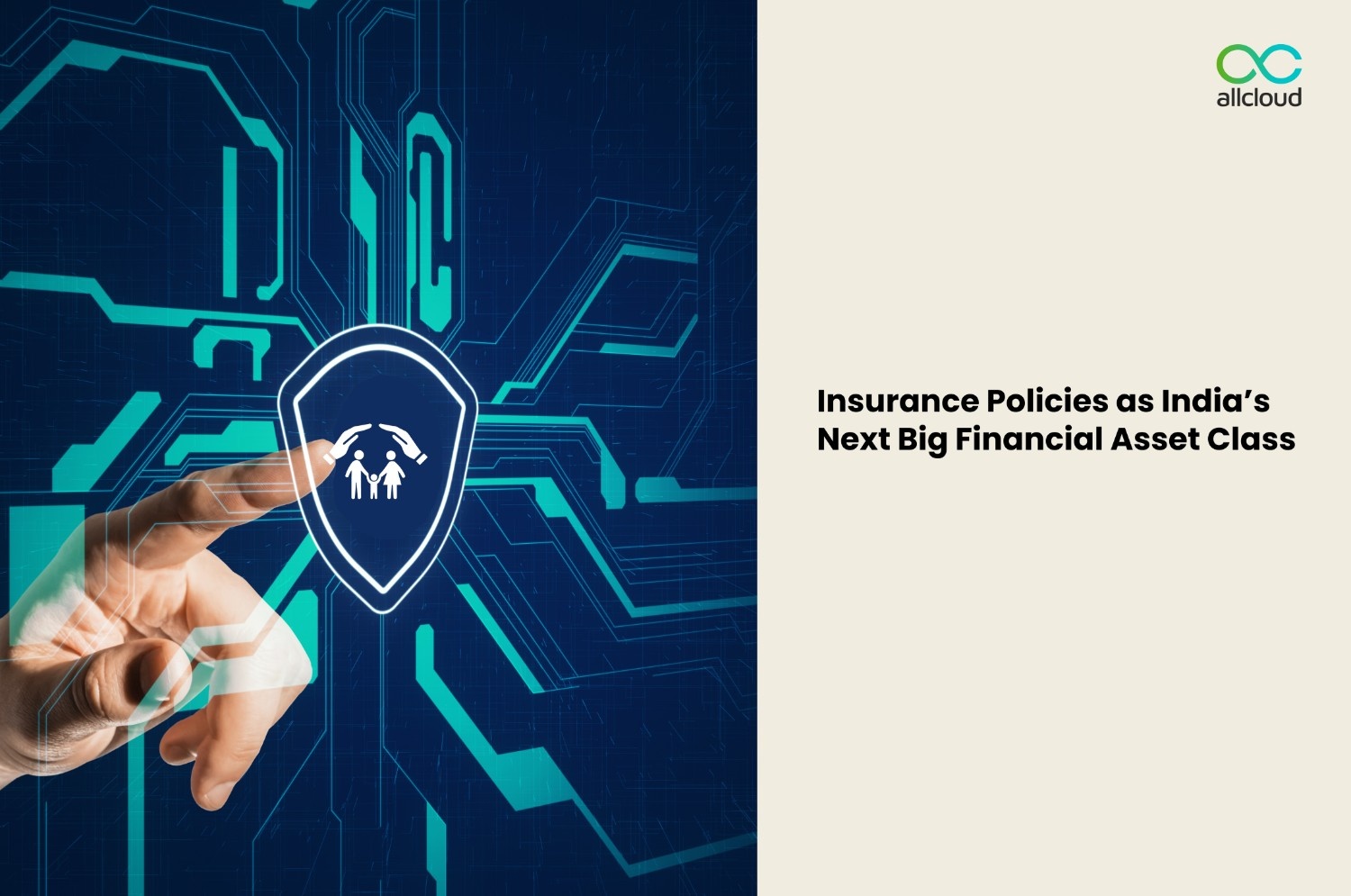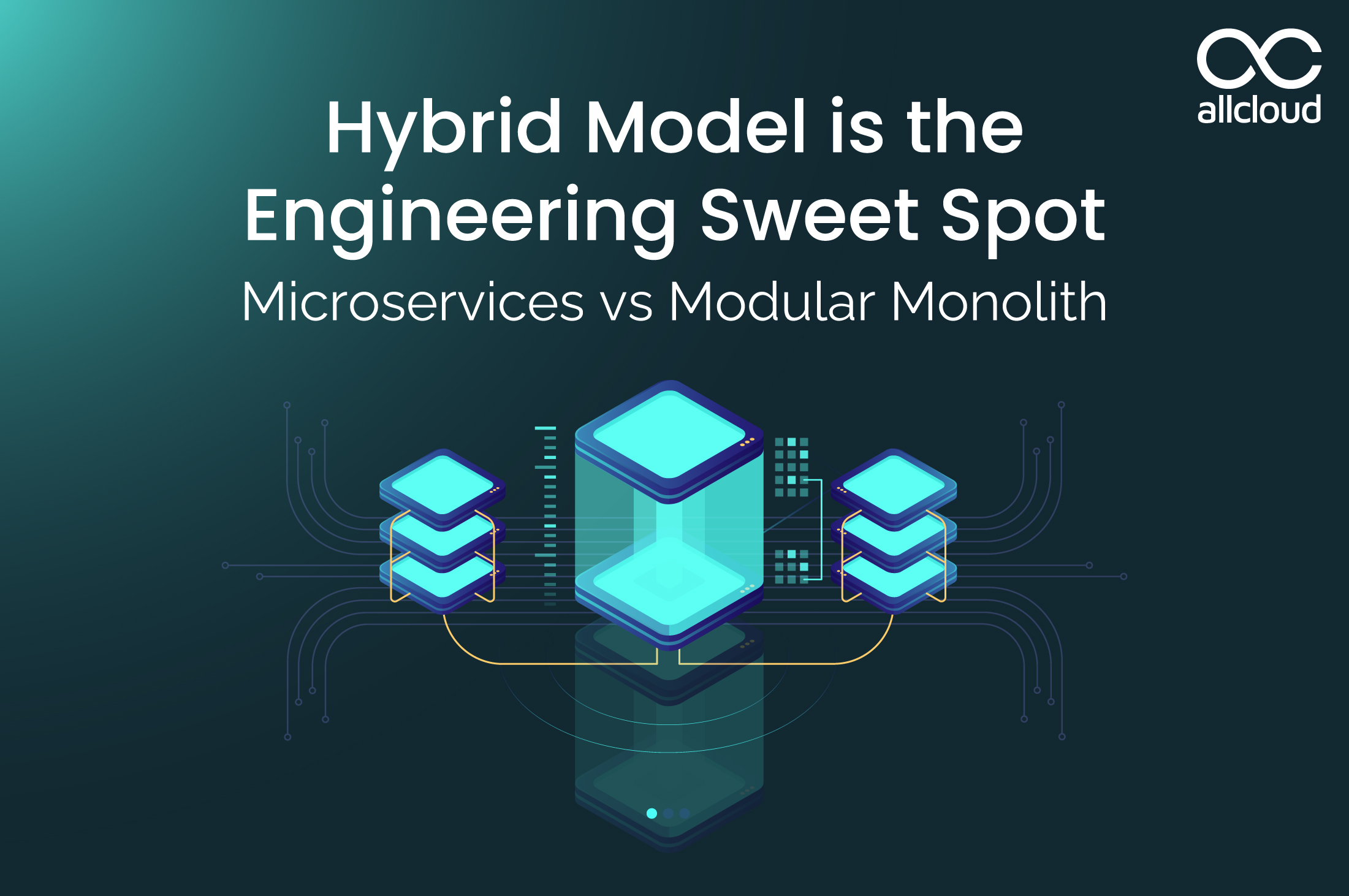Reimagining Life Insurance as a source of liquidity and long-term protection
Get In Touch

Heading 1
Heading 2
Heading 3
Heading 4
Heading 5
Heading 6
Lorem ipsum dolor sit amet, consectetur adipiscing elit, sed do eiusmod tempor incididunt ut labore et dolore magna aliqua. Ut enim ad minim veniam, quis nostrud exercitation ullamco laboris nisi ut aliquip ex ea commodo consequat. Duis aute irure dolor in reprehenderit in voluptate velit esse cillum dolore eu fugiat nulla pariatur.
Block quote
Ordered list
- Item 1
- Item 2
- Item 3
Unordered list
- Item A
- Item B
- Item C
Bold text
Emphasis
Superscript
Subscript
India’s Life Insurance Paradox
India’s life insurance sector is paradoxical: vast in scale yet limited in reach. As of FY2024, the life insurance industry collected over ₹8.3 lakh crore in premiums and managed assets exceeding ₹62 lakh crore.
Yet, life insurance penetration—measured as a percentage of GDP—stands at just 2.8%, compared to the global average of over 7%. Only about 30 out of 100 Indians hold a life insurance policy.
Rural and underserved populations are even further behind: less than 10% of rural households have any life cover. Meanwhile, India faces a staggering 83% mortality protection gap—meaning most families are drastically underinsured.
Despite efforts by insurers and the IRDAI’s bold “Insurance for All by 2047” vision, consumers remain hesitant. Why?
Because traditional life insurance is perceived as a one-way commitment—money goes in, and for years, nothing comes out. It’s locked. In a country where liquidity is king and emergencies are frequent, this rigidity limits adoption.
The Untapped Potential of Insurance-Backed Credit
Now imagine a different narrative—where your life insurance policy not only protects your family’s future but also becomes a source of financial support during your lifetime.
That’s exactly what a Loan Against Insurance Policy offers. It’s not new, but its potential has been severely underleveraged.
When life insurance policies—especially endowment, whole life, or money-back plans—accumulate surrender value (usually after 2–3 years of premiums), policyholders can borrow against them. This is a secured loan, with the policy as collateral.
Unlike traditional loans, there’s:
- No credit score requirement
- Minimal documentation
- Faster approval and disbursement
- Interest rates between 9–10%, significantly lower than unsecured credit
Policyholders can access up to 90% of their policy’s surrender value without affecting the life cover. If the loan isn’t repaid, the amount is simply deducted from the maturity or death benefit.


Why This Matters to Customers
Let’s break down the real impact for policyholders:
Liquidity Without Losing Cover- Facing a sudden medical emergency or college fees? Instead of surrendering your policy or taking an expensive personal loan, you can tap into your policy’s value—without terminating it.
The life cover stays. The bonuses accrue. The investment goal remains intact.
No Credit Score Required- Most traditional lenders assess income, credit history, and employment. A policy loan doesn’t. The surrender value is your eligibility. For many Indians—especially in Tier 2–3 cities—this is the only viable path to formal credit.
Flexible Repayment, No EMIs- Policy loans are often interest-only until maturity. Customers can repay partially or fully when they’re able. No EMIs. No penalties. The policy itself ensures repayment.
Higher Confidence, Greater Retention
Knowing that their policy doubles up as an emergency reserve encourages customers to:
- Continue premium payments
- Avoid lapses and surrenders
- View insurance as a multi-purpose asset, not just risk coverage
This mental shift can dramatically improve persistency and deepen policyholder engagement.
A Real Alternative to Early Surrenders

- The insurer loses future premium income.
- The customer loses long-term returns and protection.
- Trust in insurance erodes.
Policy loans provide a lifeline in such situations. A customer struggling to pay a premium can borrow against the same policy to make the payment. This keeps the plan active and benefits intact.
Think of it as insurance protecting insurance.
The Psychological Edge
At its core, this model gives customers peace of mind. They don’t have to choose between saving for the future and managing the present.
It turns insurance into a financial buffer—one that is always accessible, always secure, and never wasteful. This unlocks emotional confidence, especially among first-time or hesitant buyers.
Conclusion: The Insurance-Backed Asset Class is Here
India doesn’t need more insurance products—it needs more usable insurance products.
Treating policies as a new financial asset class does just that. It addresses liquidity concerns, improves persistency, and makes insurance far more attractive for the Indian consumer.
The idea is simple: Your life insurance should not only secure your future—it should support your present.
Stay tuned for Blog 2: How this model benefits insurers and how technology enables it at scale.

.png)




